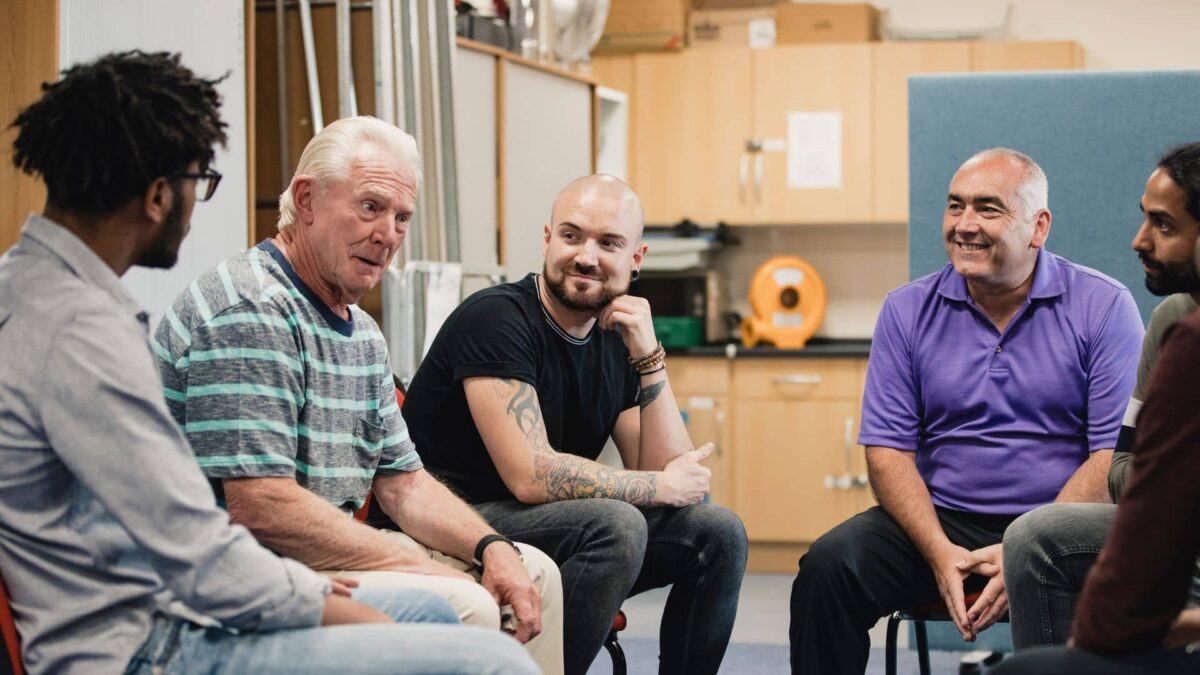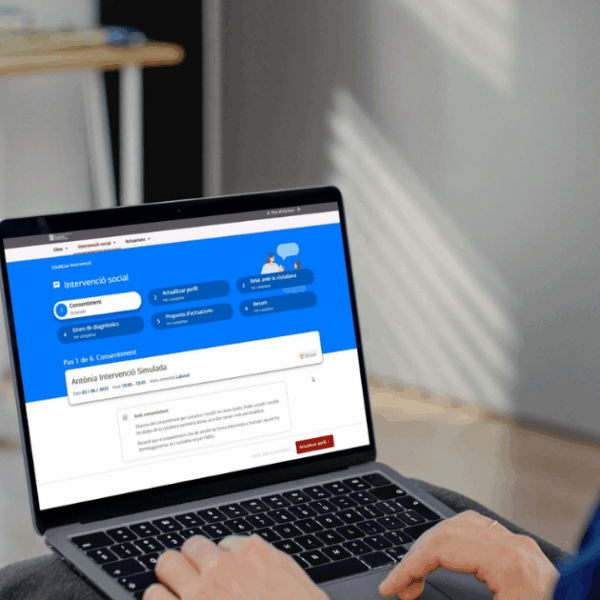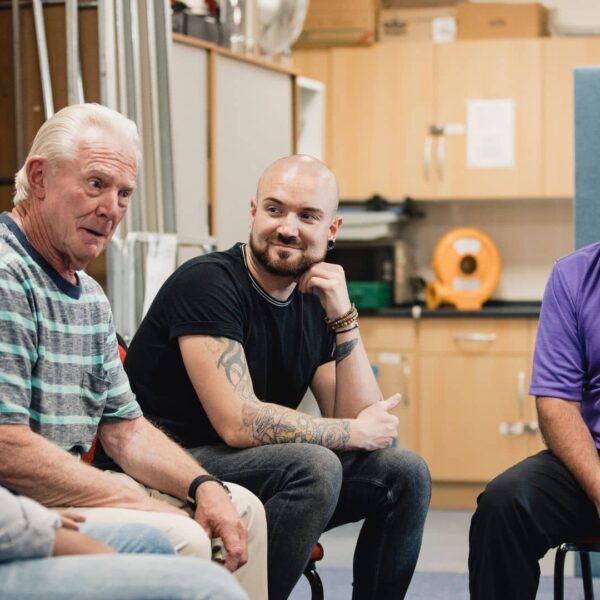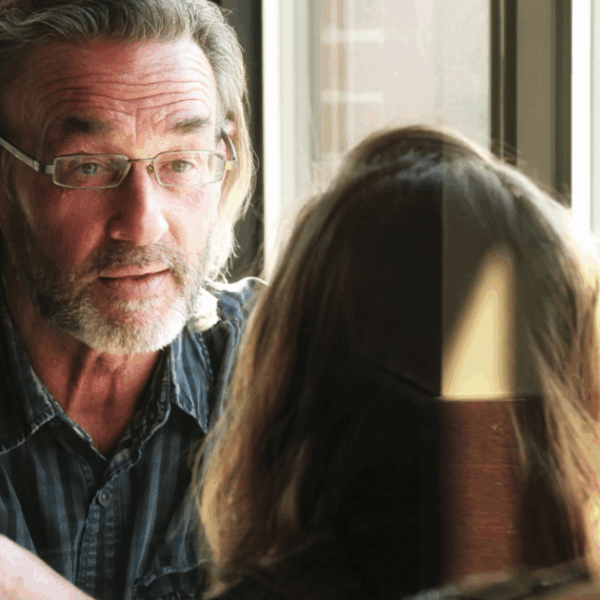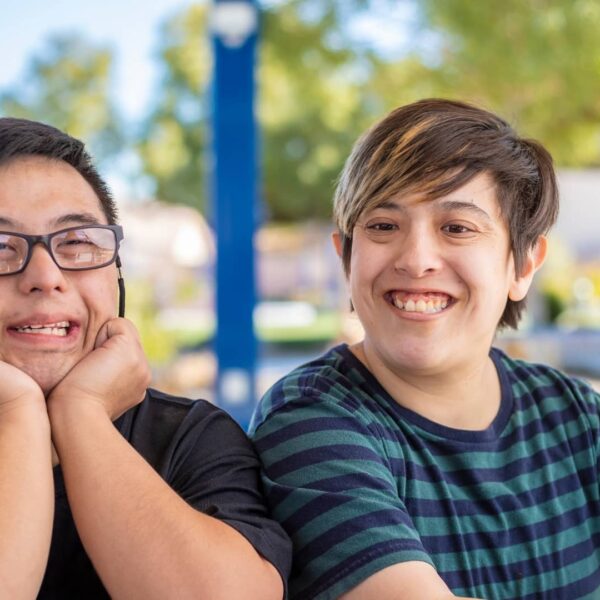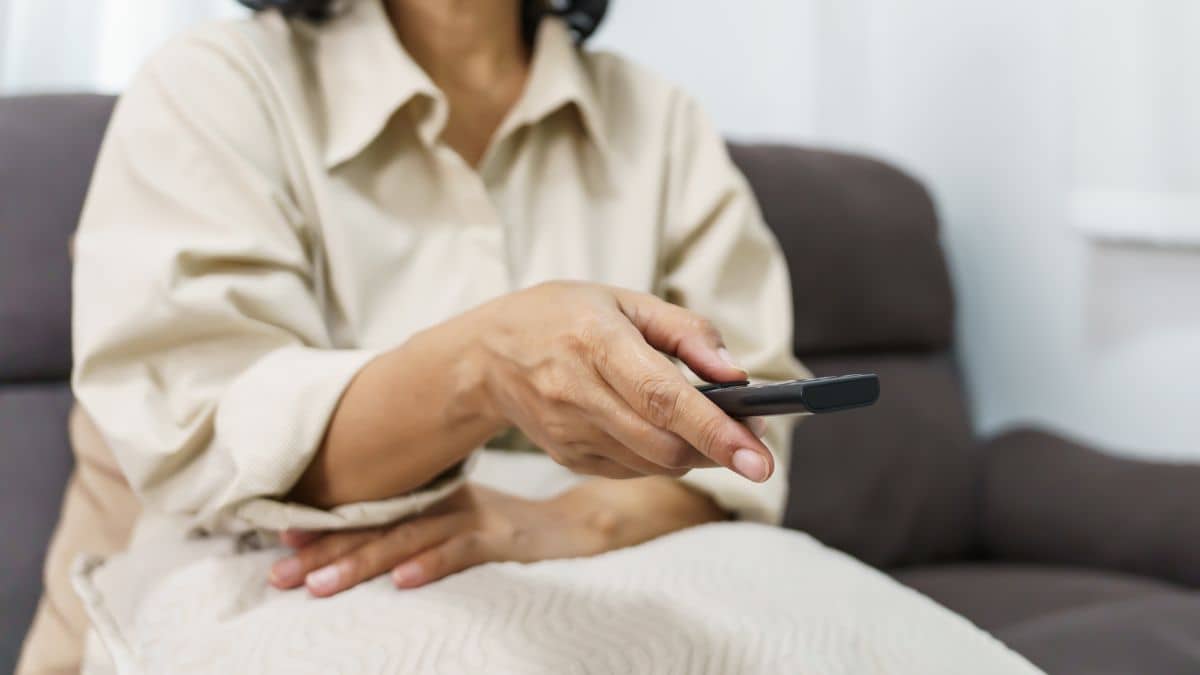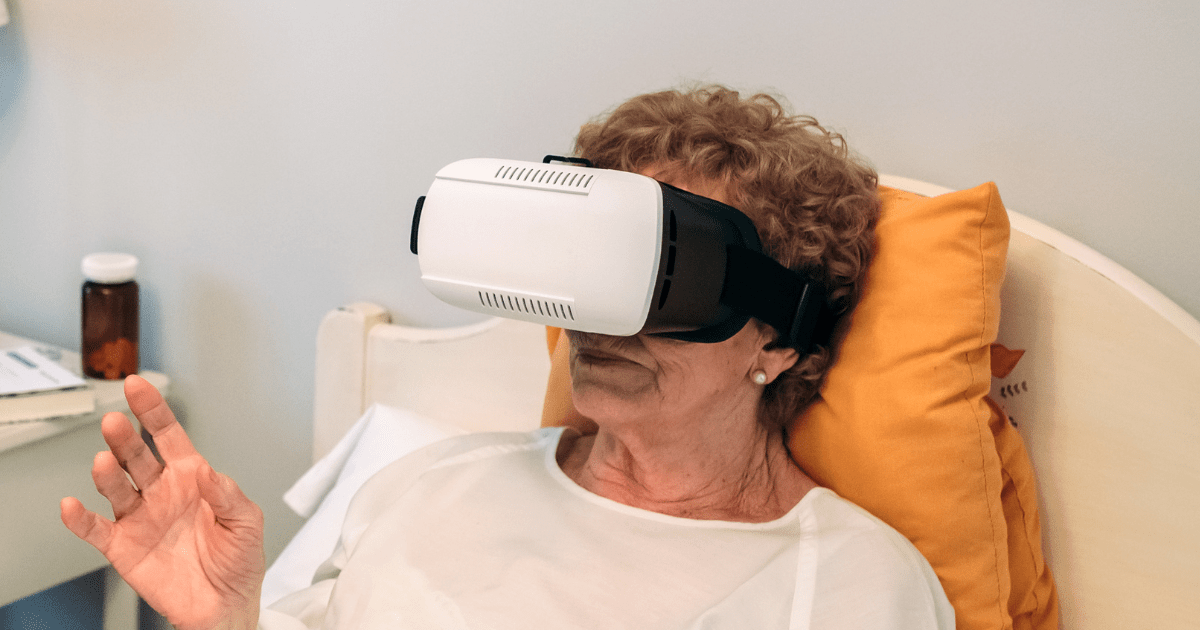Expert by Experience, professionalization of peer-support for seniors
Expert by Experience, professionalization of peer-support for seniors
City of Helsinki, Senior Services
A peer‐support initiative enabling older residents to receive support on mental health and substance use from trained experts by experience
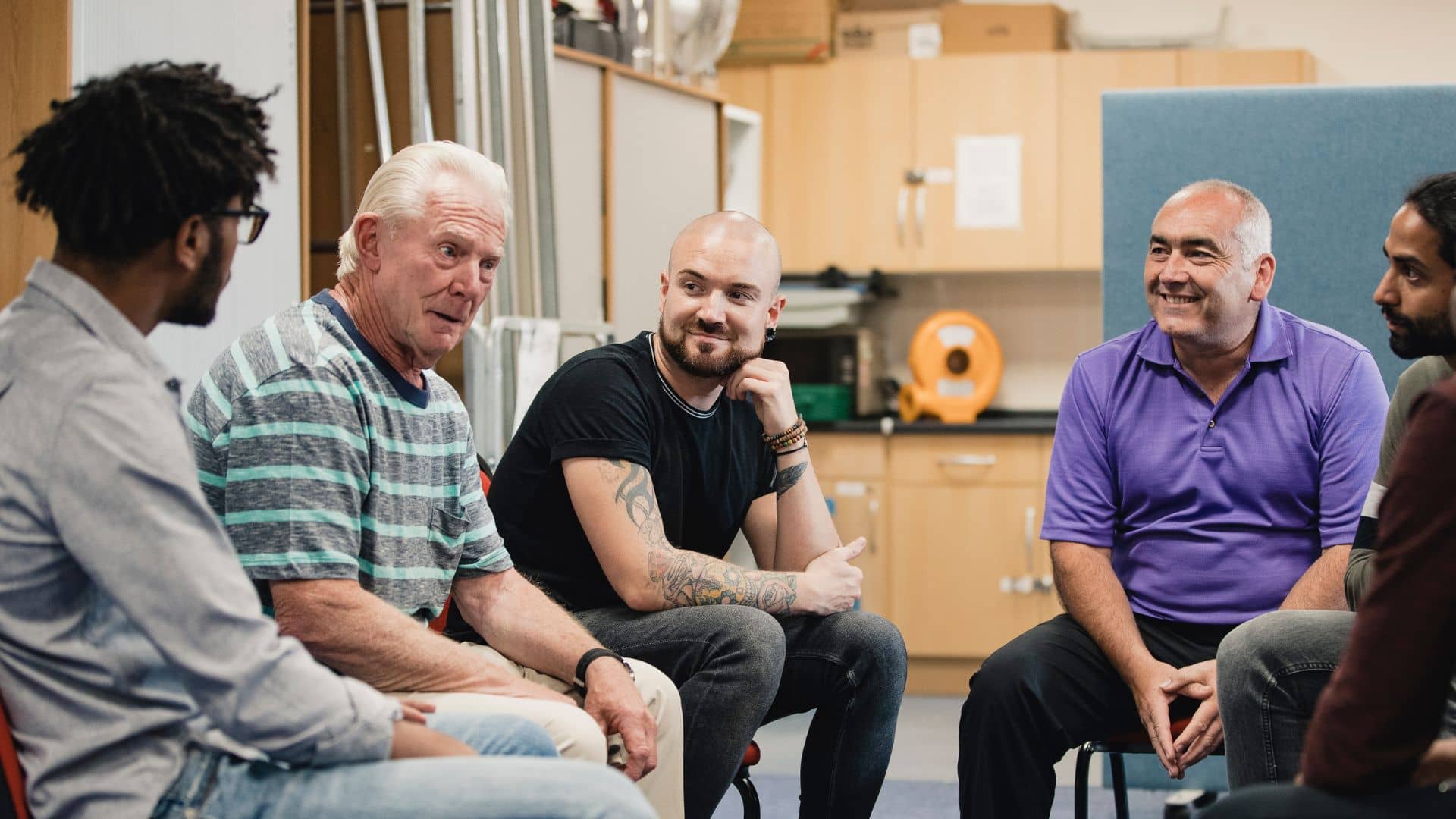
This initiative by the City of Helsinki’s Senior Services and its mental health support services for older adults offers older residents facing substance use or mental health challenges the opportunity to meet with individuals who themselves have lived through similar situations and been trained as “experts by experience.” Participants can arrange between one and five individual meetings at their preferred service centre.
The aim is to provide accessible, age-appropriate peer support, enabling older adults to engage with someone of a similar generation rather than being redirected to younger peer networks or outpatient services meant for broader populations. The experts by experience also support the professional workforce by bringing lived‐experience insight into the service delivery; for example, they may accompany a client to their first Alcoholics Anonymous (AA) meeting or guide them into a peer support group.
Multiple peer support groups are being offered within the mental health support services program, one for older adults reducing or stopping substance use, one for older adults whose loved ones have substance use problems, one for depression or depressive symptoms, and one for those grieving. They also include two rehabilitative programs: a home‐based social rehabilitation service and a six‐week residential group rehabilitation module.
The experts emphasize the importance of being able to speak to someone “who’s been there,” and the initiative seeks to increase openness, reduce isolation and support recovery in later life. The program is designed to be low‐threshold, users may self‐refer, and the meetings are easy to set up. Experts receive training, supervision and remuneration. In this way, Helsinki’s Social and Health Services value the knowledge acquired through life experience alongside professional care.
Characteristics of innovation
Location
Helsinki, Finland
Partners / Funders
EU-funded Sustainable Growth Program for Finland (Next Generation EU), Rehabilitation and support centres administered by the city, Experts by experience (trained peer specialists), Senior Centres in Helsinki
Genesis
The project was developed by the City of Helsinki as part of its mental health support strategy for older residents. Recognizing that older adults facing substance use or mental health issues were often directed to general outpatient clinics dominated by younger cohorts, the city introduced this peer-support service to tailor assistance better to the generation of pensioners and embed expert by experience roles within senior services.
Implementation Level
The pilot is active in Helsinki’s senior services centres and includes several experts by experience.

Banc d’innovacions

